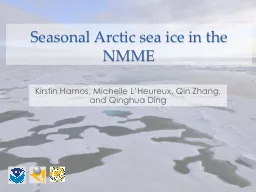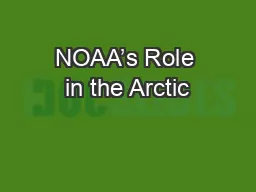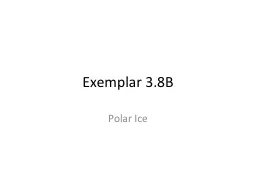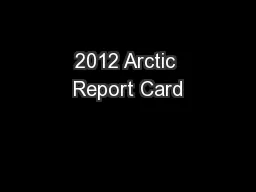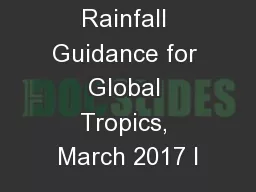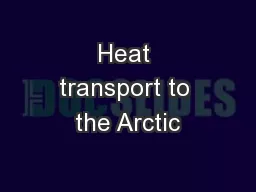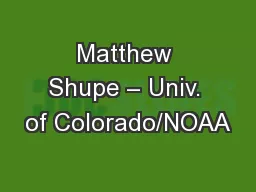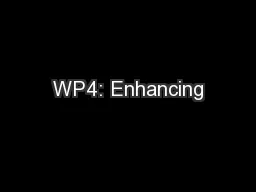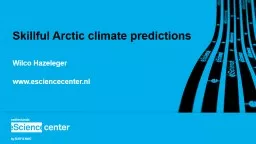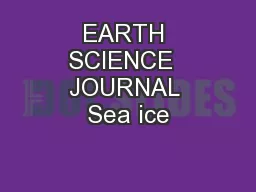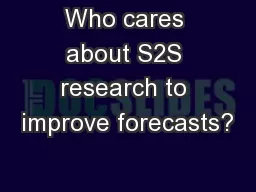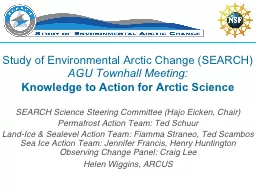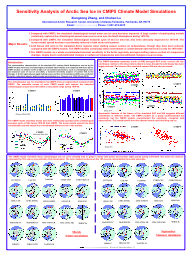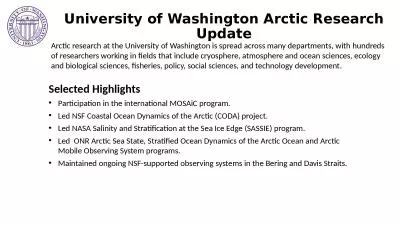PPT-Seasonal Arctic sea ice in the NMME
Author : aaron | Published Date : 2018-02-26
Kirstin Harnos Michelle LHeureux Qin Zhang and Qinghua Ding Images courtesy of National Snow Ice Data Center Current State of Sea Ice Images courtesy of National
Presentation Embed Code
Download Presentation
Download Presentation The PPT/PDF document "Seasonal Arctic sea ice in the NMME" is the property of its rightful owner. Permission is granted to download and print the materials on this website for personal, non-commercial use only, and to display it on your personal computer provided you do not modify the materials and that you retain all copyright notices contained in the materials. By downloading content from our website, you accept the terms of this agreement.
Seasonal Arctic sea ice in the NMME: Transcript
Download Rules Of Document
"Seasonal Arctic sea ice in the NMME"The content belongs to its owner. You may download and print it for personal use, without modification, and keep all copyright notices. By downloading, you agree to these terms.
Related Documents

